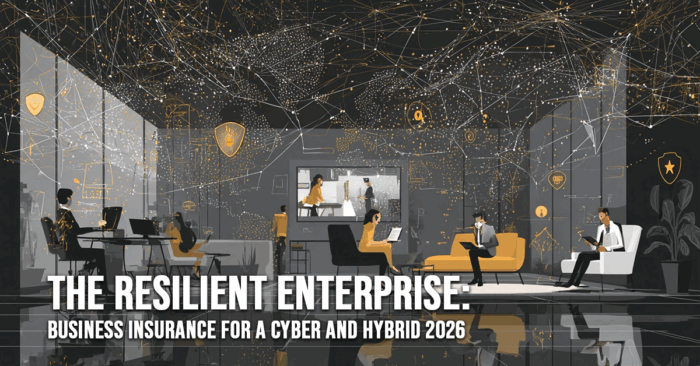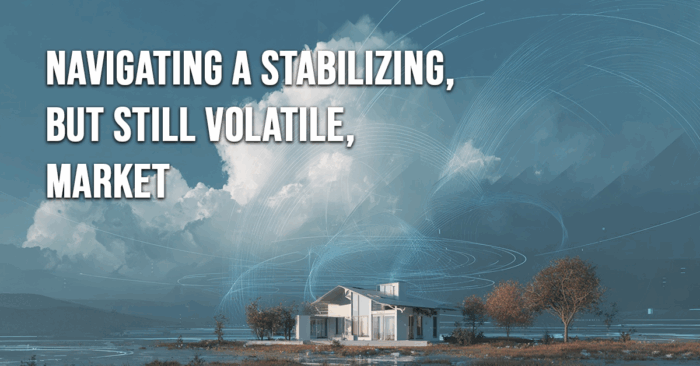The Rise and Fall of Selfridge: Beyond “The Customer Is Always Right”

The Rise and Fall of Selfridge: Beyond “The Customer Is Always Right”
Harry Gordon Selfridge, a name that might not immediately ring a bell, is nonetheless responsible for one of the most enduring phrases in business: “The customer is always right.” While this slogan has become a cornerstone of customer service, the man behind it was far more complex than a simple mantra suggests.
Selfridge, a visionary retailer who established a groundbreaking department store in London in 1909, lived a life filled with ambition, innovation, and ultimately, a tragic decline. His story offers a fascinating glimpse into the early 20th century and the evolution of modern retail.
From Wisconsin to Oxford Street:
Born in Wisconsin and raised in Michigan, Selfridge’s journey to London was an unlikely one. He honed his retail skills at Marshall Field’s in Chicago, eventually becoming a partner after 25 years of dedicated service. His move to London was facilitated by his marriage into a wealthy Chicago family, providing the financial backing for his ambitious venture.
Selfridge’s decision to build his department store at the unfashionable west end of Oxford Street earned him the moniker “Earl of Oxford Street.” His audacious move proved successful, transforming the area into a thriving retail hub.
Revolutionizing the Shopping Experience:
Selfridge’s genius lay in his ability to transform shopping from a necessity into a pleasurable experience. He introduced the concept of “departments,” creating immersive environments designed to encourage leisurely browsing. He also incorporated amenities such as reading rooms, a first aid station, a restaurant, and a library, making his store a destination in itself.
His innovative approach extended beyond the retail floor. He understood the importance of accessibility and attempted to secure a subway stop directly in front of his store. While unsuccessful in this endeavor, he did manage to secure “General 1” as the store’s telephone number, a testament to his persuasive abilities.
The Extravagance and Downfall:
Selfridge’s success peaked during World War I, but the Great Depression, mounting debt, and his lavish lifestyle ultimately led to his downfall. In 1941, his own board of directors voted him out, marking a dramatic end to his retail empire.
The Legacy of “The Customer Is Always Right”:
Selfridge’s famous slogan, while initially effective in building customer trust, has been widely debated and often criticized for its simplistic and unrealistic nature. While it undoubtedly contributed to his early success, it ultimately proved insufficient to sustain his business in the face of economic hardship and personal extravagance.
A Nuanced Perspective:
Selfridge’s story is a cautionary tale about the complexities of business and the importance of adapting to changing circumstances. While his slogan remains a popular adage, it’s crucial to understand the context in which it was created and the limitations it presents.
Applying Lessons to Modern Life:
Just as Selfridge’s slogan evolved, so too should our approach to important decisions. For example, when it comes to insurance, relying on a single source or mantra may not be enough. Comparing options from multiple providers is crucial to ensure you’re getting the best value and coverage.
Conclusion:
Harry Gordon Selfridge’s life was a blend of innovation, ambition, and ultimately, a tragic decline. His legacy extends beyond his famous slogan, offering valuable lessons about the complexities of business and the importance of adaptability.
Disclaimer: This article provides general information and should not be considered professional business or historical analysis.
Do you have questions about your insurance? Find an insurance agent near you with our Agent Finder
Search All Blogs
Search All Blogs
Read More Blogs
The Mindful Feast: Reclaiming Thanksgiving in a World of Distraction
Want a more peaceful Thanksgiving? Learn how to embrace a mindful approach and find true gratitude this year.
The New Entrepreneur’s Playbook: Insuring Your Business for Digital and Global Risks in 2026
Starting a digital-first business? Learn how to protect your enterprise from modern risks in 2026.
The Modern Parent’s Dilemma: Life Insurance for a Generation of Savers and Investors
Today’s parents have new financial goals. Here’s how life insurance can be a flexible tool for a modern family in 2026.
The Gig Economy Driver: Navigating Auto Insurance for Side Hustles in 2026
Driving for a gig app? Your personal auto insurance might not cover you. Learn how to get the right coverage in 2026.
The Modern Homeowner’s Guide to Water Damage: The Hidden Risk of 2026
Water damage is a growing threat to your home. Learn how to prevent it and protect your insurance in 2026.
The Scent of the Moment: The Rise of Personal Scent and the Art of Fragrance Layering
Tired of smelling like everyone else? Discover how to create your own unique personal scent with fragrance layering.
The Resilient Enterprise: Business Insurance for a Cyber and Hybrid 2026
Cyber threats and a hybrid workforce are changing business insurance. Protect your company in 2026 with the right coverage.
Life Insurance, Not Just a Death Wish: The 2026 Financial Planning Essential
Life insurance is now a living financial tool. This guide shows how modern policies can help you build wealth and plan for the future.
Driving into 2026: Why Your Car’s Tech is Changing Your Auto Insurance
EVs and smart cars are changing insurance. Learn how new tech is affecting your rates and how to get the best deal in 2026.
2026 Home Insurance Outlook: Navigating a Stabilizing, but Still Volatile, Market
Home insurance rates are moderating, but risks remain. Prepare for 2026 with this guide on market trends and policy tips.









